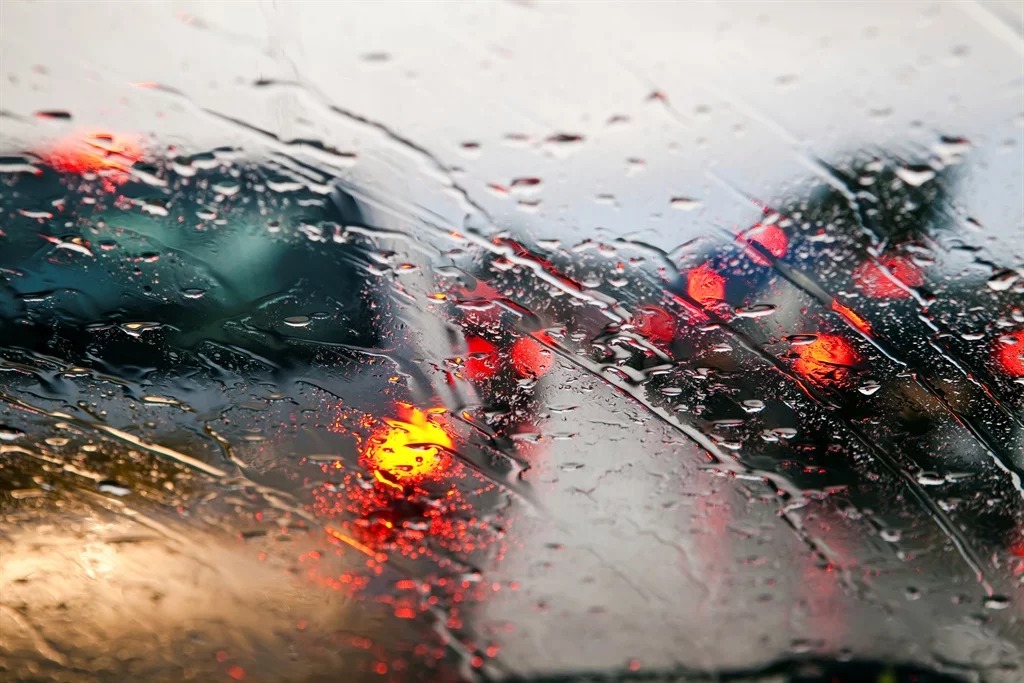
Rainfall can contribute to extremely dangerous driving conditions. Drivers need to be aware that wet weather makes it much harder for their car’s tyres to grip the road. As such, this can make it far more difficult to corner and brake—especially when you are driving at speed. Road users are, therefore, at a much higher risk of a traffic collision during or after rainfall.
There are plenty of things that drivers can do to reduce the risk of having an accident. It is essential, for instance, that your tyres are up to standard. You should also leave plenty of distance between you and other road users—even if you are confident about driving in the rain you cannot be certain about the competency of other drivers.
However, the best thing you can do to stay safe when driving in wet conditions is to slow down. The faster you drive on a wet surface, after all, the longer it will take you to stop when you need to brake. KwikFit actually studied how long it would take your vehicle to stop on a rainy road, and the results are quite shocking.
Ordinarily, it would take 23 metres for your car to come to a stop if you are driving at 30mph on a dry road. At 70mph, it would take up to 96 metres. But when you are operating your vehicle on a wet surface, it can twice as long. It takes 36 metres to stop when driving at 30mph and 192 metres when driving at 70mph. This, of course, can mean the difference between life and death.
Although there are many important things that road users need to account for if they choose to drive in wet conditions, KwikFit’s research shows that the most important thing you can do is also the simplest: slow down.
